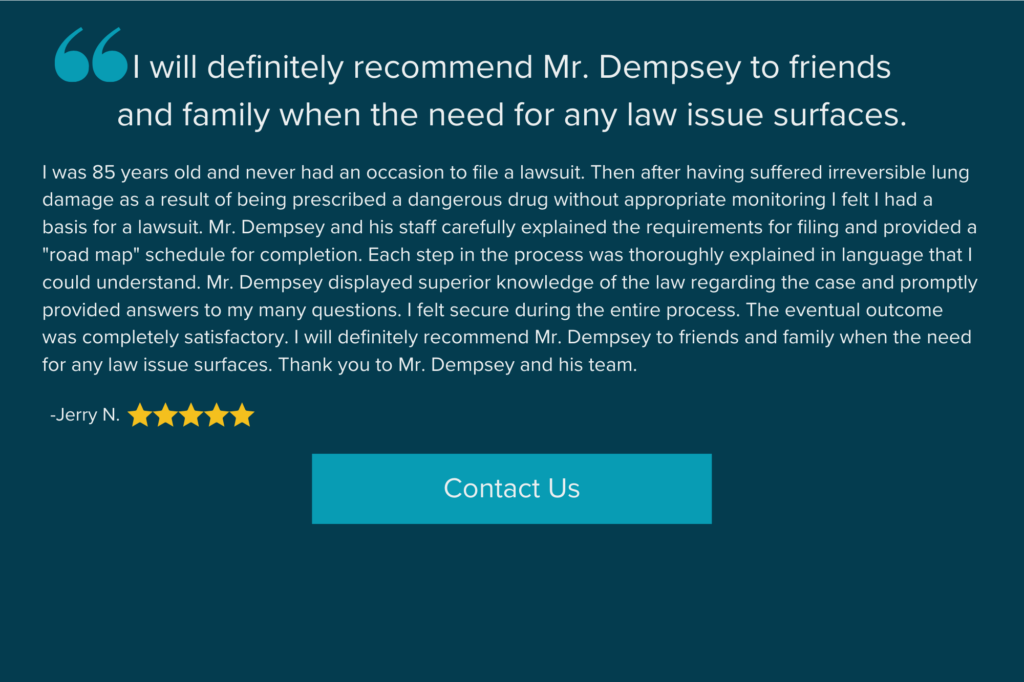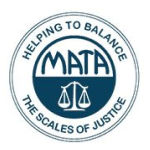Have you returned from a medical procedure with more health issues than you initially sought treatment for? Was there a delay or mistake in diagnosing your condition? If so, it’s time to consider contacting an experienced Olathe medical malpractice attorney.
Whether it’s a misdiagnosis, surgical error, or a lack of informed consent, you might have a valid medical malpractice case if your recent medical care has left you worse off.
How a Medical Malpractice Lawyer Can Help You
A medical malpractice lawyer can assist in various ways when pursuing a medical malpractice claim. At Dempsey Kingsland Osteen, our attorneys offer a personal touch to every case, handling every aspect from start to finish, including:
- Gathering medical evidence,
- Consulting expert witnesses,
- Preparing legal documentation,
- Assessing the extent of damages,
- Negotiating with the defense,
- Finding you quality medical care, and
- Taking your case to trial if necessary.
When looking for an Olathe medical malpractice attorney, it’s essential to go with a firm with trial experience and a strong track record. Since 1986, we’ve represented clients throughout Johnson County in serious medical malpractice cases. With an outstanding in-house medical team, we put every client’s recovery first.
Types of Medical Malpractice
Medical malpractice occurs when a healthcare professional deviates from the standard of care in their field, leading to patient harm. There are several common types of medical malpractice, each with its own challenges and implications for the patient. Below are some of the most frequently encountered types.
Diagnostic Errors
Diagnostic errors are among the most common and impactful forms of medical malpractice. They occur when a healthcare provider misdiagnoses a condition, delays a diagnosis, or fails to diagnose a condition. These errors can lead to incorrect or delayed treatment, potentially causing harm or worsening the patient’s condition.
Misdiagnosis
Misdiagnosis happens when a healthcare provider incorrectly identifies a patient’s condition, leading to inappropriate treatment, delayed treatment, or no treatment at all. The misdiagnosis can exacerbate the patient’s condition or lead to new health issues.
Delayed diagnosis
Delayed diagnosis occurs when there’s an unnecessary delay in diagnosing a condition, which can harm the patient. Like misdiagnosis, it can worsen the patient’s condition due to a lack of timely treatment.
Failure to diagnose
A failure to diagnose involves a complete failure to identify a serious health condition, resulting in no treatment and potentially severe consequences for the patient.
Surgical Errors
Surgical errors involve mistakes made before, during, or after surgery. Such errors may have severe consequences, including infection, increased medical costs, and the need for additional surgeries.
Medication Errors
Medication errors may happen at any point in the medication process, from prescribing and dispensing to administering drugs. These errors might involve giving the wrong medication, the incorrect dosage, or medications that dangerously interact with other drugs the patient is taking.
Anesthesia Errors
Anesthesia errors are critical and can lead to severe patient harm. These errors may involve administering too much or too little anesthesia, failing to monitor the patient’s vital signs, or not accounting for a patient’s medical history and potential allergies.

Obstetric and Gynecological Negligence
This type of medical malpractice encompasses errors or omissions during pregnancy, childbirth, or in the treatment of women’s health issues.
Birth injuries
Mistakes made during childbirth can lead to injuries to the baby, such as cerebral palsy, Erb’s palsy, or harm to the mother. These errors often occur due to improper use of delivery tools or failure to monitor the baby’s vital signs.
Failure to Treat
A failure to treat occurs when a healthcare provider correctly diagnoses a patient but fails to recommend or administer appropriate treatment. An occurrence for failure to treat can happen due to oversight, underestimation of the condition’s severity, or systemic issues within a healthcare facility.
Vaccine Injuries
Our experience includes cases where medical professional administer the wrong vaccine to patients.
Basic Requirements for a Medical Malpractice Claim
There are four essential elements required to establish a case for medical malpractice. These elements form the foundation of a legal claim, demonstrating that negligence by a healthcare provider led to harm or injury. These factors are:
- Duty of care—the doctor, nurse, or surgeon had a legal obligation or was responsible for the patient’s care at the time of malpractice;
- Breach of duty—the medical professional failed to provide the standard of care expected by someone with the same education and experience;
- Causation—an action, or lack thereof, by the medical professional that caused the patient’s injury; and
- Damages—the patient suffered quantifiable damages due to the medical professional’s malpractice.
Proving these four elements is crucial for a successful medical malpractice claim. Each element supports the assertion that negligence by a healthcare provider led to harm, making a compelling case for malpractice.
Time Limit for Filing a Medical Malpractice Claim
Kansas has a statute of limitations or time limit for filing medical malpractice claims. Under K.S.A. § 60-513(a)(7), patients have two years from the date of injury to bring a lawsuit. However, if the patient couldn’t reasonably discover the injury until later, the time limit begins the day they discover the injury. Discovery of an injury can take time, particularly in cases where a surgeon leaves a tool inside a patient or causes some internal injury.
Collectible Compensation
In medical malpractice cases in Kansas, two types of damages are commonly pursued: economic and noneconomic. These damages cover very different types of losses.
Economic damages are the measurable financial losses of the patient, including:
- Medical expenses,
- Reduced earning capacity, and
- Lost wages during recovery.
Essentially, these losses are tangible and have a standard economic value. In contrast, noneconomic damages are the intangible losses of a patient. In other words, they are subjective because they deal with the emotional and physical impact of the injuries on the patient. These damages usually include:
- Pain and suffering,
- Emotional distress,
- Permanent disability,
- Severe disfigurement, and
- Loss of enjoyment of life.
Measuring these damages is difficult, so we recommend speaking with an experienced Olathe medical malpractice attorney. However, it’s also important to remember that Kansas limits noneconomic damages to $350,000 for medical malpractice occurring after July 1, 2022.
Our Medical Malpractice Attorneys in Olathe Are Here to Help
It’s crucial to have a legal team that understands the complexities of the law and possesses deep medical knowledge if you believe you are a victim of medical malpractice. At Dempsey Kingsland Osteen, our Olathe medical malpractice attorneys have a proven track record of handling complex medical cases. They are also recognized leaders in the field, frequently sharing their expertise through lectures and publications on medical malpractice and trial strategies.
When you entrust your case to us, we manage every aspect in-house, from the initial evaluation to the final resolution. We don’t outsource or refer your case to other firms; our skilled staff and attorneys are with you every step of the way.
Let’s discuss how we can help you. Contact us today for a free consultation and take the first step towards healing.






